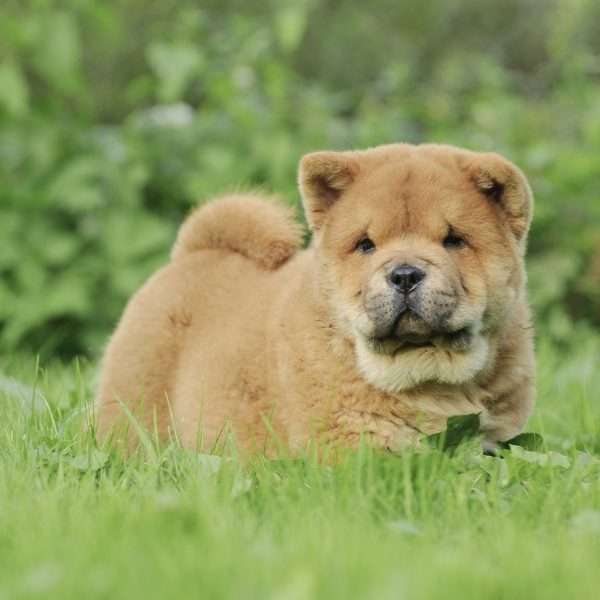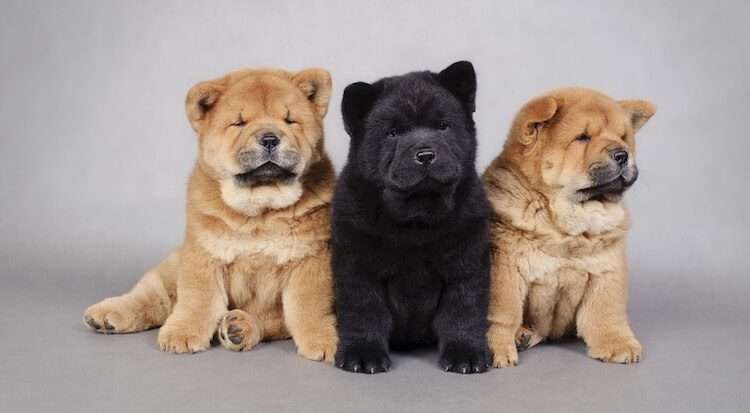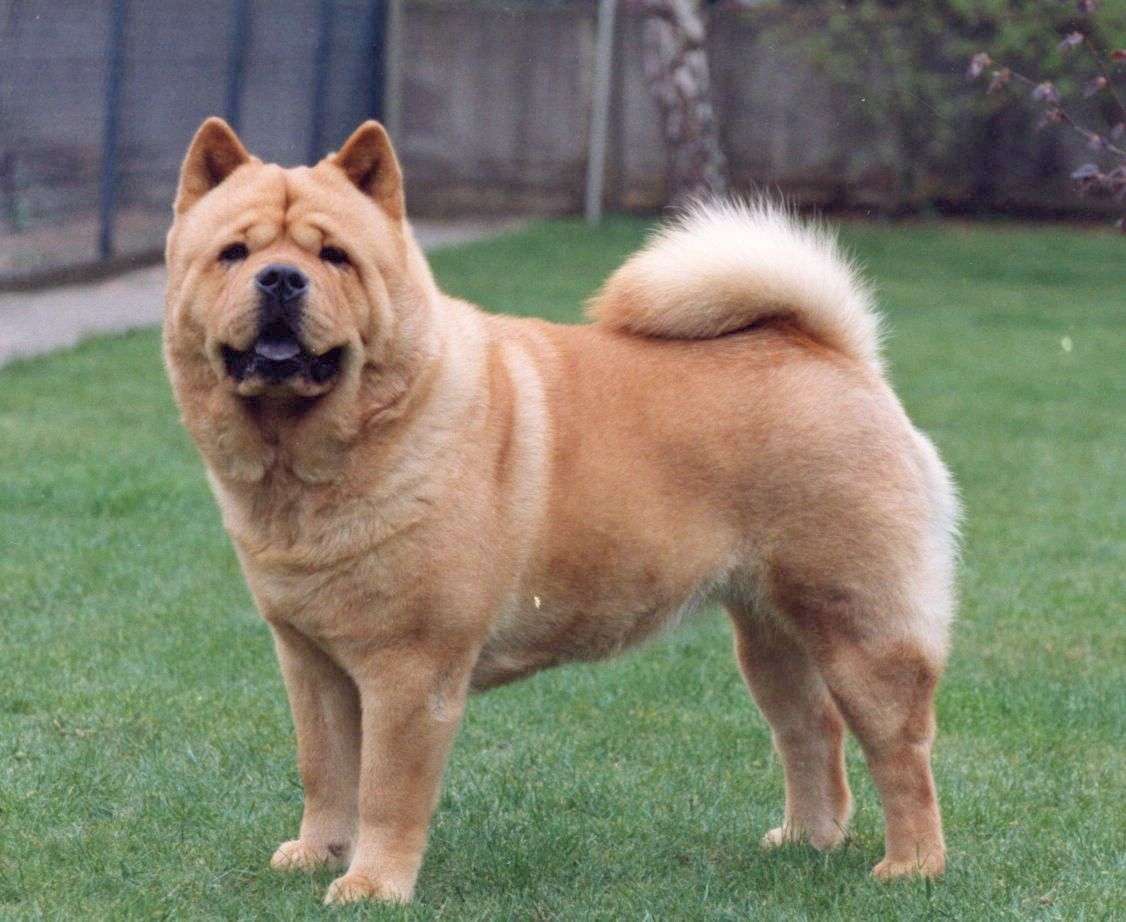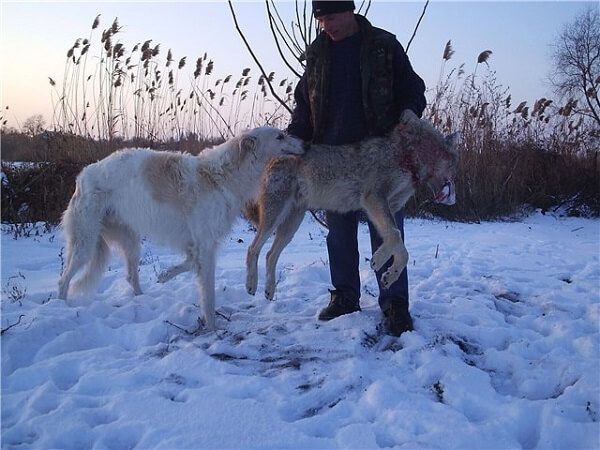Short-Haired Chow Chow: Short Fur, Big Personality
Short-haired Chow Chow possess a sleek and smooth coat, which distinguishes them from their long-haired counterparts. Many people think that the little lion (Chow Chow) has only long-haired fur. We will explore a complete guide to Short-haired Chow Chow in this article.
Long-haired Chow Chow is the most famous breed among people. The Chow Chow dog breed is known for its long fur. Even short-haired are also a fabulous breed. Beyond its aesthetic allure, the short-haired coat offers distinct advantages in terms of adaptability and comfort. Chow Chows with shorter fur are more resilient in warmer climates, as they experience less heat retention. This adaptability enables short-haired Chow Chows to thrive in various environments, ensuring their well-being and providing a comfortable living experience.

There are a lot of admirers of short-haired chow-chow in all countries of the world, including Russia, China, the USA, India, and Canada.
Features of the Short-haired Chow Chows
The main feature of the short-haired chows and their main difference from the long-haired representatives of the breed is the coat, which is easy to guess from the name. A smooth coat is distinguished by its length and structure, smooth guard hair is thicker and harder, and there is no need to talk about the fact that it is shorter, this is already clear.
Among the short-haired varieties of Chow Chow, several types are distinguished, and characterized by a different coat structure. The most beautiful smooths are dogs, the coat of which, although short, has a thick and dense undercoat, as well as a vertical outer coat. The second type includes dogs that also have a thick undercoat, but on the neck, shoulders, tail, and pants they have an excessively long guard hair. The third type is distinguished by short guard hair and a not-very-developed undercoat. Dogs belonging to the third type, from the side, seem to be smooth-haired.
How Short Haired Chows Develop
Throughout the centuries, Chow Chows underwent various transformations, adapting to different environments and roles. Among these adaptations, the emergence of short-haired Chow Chows took place, showcasing the breed’s ability to evolve and adapt while retaining its distinct qualities. This evolution gave rise to the captivating variation we know today.
Smooth character: chow with short hair
People who live near short-haired Chow Chows note that this species is more willing to contact people, they are curious and ready to explore everything around them while showing ingenuity and even cunning. Smoothies accompany their beloved owner everywhere, even around the apartment, but at the
same time, these magnificent dogs are not averse to playing and running around. There are no special character traits that would be different from the long-haired Chow Chow.

These chow-chows are more thermophilic than their shaggy counterparts, and in winter they, if they live in an apartment, try to find a warmer place for themselves. But smoothies that live in aviaries. adapt perfectly to cold temperatures, as they develop a thicker undercoat than dogs living in an apartment. The hot climate in short-haired Chow Chows also does not cause any health problems.
Short-haired Chow Chow Care
Grooming is no different from caring for the long-haired species of this breed, except that caring for smooth coats requires less time and cost. There is no need to comb the dog every day to keep it looking neat and the shedding period passes with the least loss of hair.
How to determine what species a Chow Chow puppy belongs to
Only an experienced breeder who has many years of experience in breeding and raising this breed is able to immediately determine what type of Chow Chow a puppy belongs to. If there is no experience in growing Chow Chow Puppies, then in this case you can focus on some of the distinctive features inherent in Short-haired Chow Chow Puppies.

For example, puppies of different species have hair on their heads in different ways: long-haired chows have sleek and shiny hair on their heads, while short-haired chows have a hedgehog coat. There are moles on the muzzles of puppies, and in long-haired babies, they do not have a clear outline, as they are covered with hairs, and in smooths, the pattern of moles is clear and clear. Light red Chow Chows are distinguished by the fact that they have a kind of eyeliner as if they were emphasized with a black pencil.
You can examine the front paws of puppies, more precisely, their back surface. Smoothies do not have a woolen curl at the elbow. By the age of three weeks, puppies of different species differ in the shape of the tail, in short-haired ones it is thin, and sparse hairs grow on it. Well, at the age of one month, puppies will no longer be difficult to distinguish.
Embracing Versatility: Activities Suited for Short-Haired Chow Chows
The short-haired variation expands the range of activities in which Chow Chows can comfortably participate. Their streamlined coats make them excellent candidates for agility training, where their nimble movements and focused determination shine. Additionally, short-haired Chow Chows are more conducive to outdoor adventures, as their coats require less maintenance and are less prone to debris entanglement.
Conclusion
While both long-haired and short-haired hold their charm, the short-haired variation is often considered a rare gem within the breed. Their distinct appearance and historical significance make them particularly captivating to enthusiasts and collectors alike. Owning short-haired Chows allows you to showcase their unique attributes, becoming part of a select group of individuals who appreciate and cherish this remarkable variation.
You need to read
Panda Pug: A Unique Breed with 5 Interesting Facts



